
I've always tried to focus on the positive aspects of homeschooling, but there is one negative that rears it's head from time to time. We generally finish school early in the afternoon, long before the other children in our neighborhood return home on the yellow bus. This means Schnickelfritz has to amuse himself or (gasp) .... play with mom. We try to keep a good supply of games around for just such times--but it's not always easy to find something that amuses an almost nine-year old boy and his mama. Our latest product to review with the Homeschool Crew fits the bill. Suitable for ages 9 and up, Tri-Cross by Games for Competitors is simple to learn but involves strategy and thinking several moves ahead like chess.
Each player begins placing six pieces on the board as specified in the directions. The pieces are marked with one to six symbols and typically move one space forwards, backwards, or sideways but not diagonally. When a move ends with one of your pieces next to an opponent's it can set off a series of jumps. Usually, the higher numbered piece jumps the lower and removes it from the board. The jump may result in two more pieces being side by side and resulting in another jump and so on... The one exception is the Tri-Cross piece (really a one) can jump the number six piece, making each piece vulnerable to at least one other. This one little twist adds so much to the game--you want your Tri-cross piece out to try and capture the number six yet it is also in danger of every other piece on the board. The winner is the first to occupy the center square for four complete turns or the one who eliminates all the other opponents' pieces. Don't have a piece valued high enough to jump over the competition in the center square? You can force him from the center by placing a lower valued piece next to it (if a jump can be made, it has to be made). Have I totally confused you? Perhaps this video will help.
It only took one or two practice games to get the rules down and then my little Mr. Competitive was ready to annihilate his mama--and he was usually the winner. The game comes with several alternative rules to make the game more challenging. You can start with placing your pieces face down on the board, only revealing them when they come side by side to an opponent's piece. Can you keep track of where all six of your pieces are on the board? In another version your opponent places your pieces face down for you. We only played to two-player games but there are rules for 3 and 4 players.
There are three versions of the game:
The Standard Game ($24.95) comes with a fold-able hardboard playing surface and plastic pieces in a velveteen bag

The Wood Edition ($35.95) has a wooden board and playing pieces
The Eco-Edition ($19.95) features a woven cotton playing board and carrying bag. It also makes a great travel game assuming you have a solid surface to play on. I was very glad we brought this on our recent vacation. It made the one hour flight delay much more tolerable.
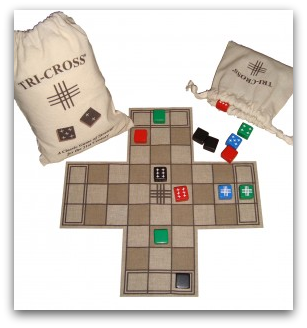
Tri-Cross has taken its place in our line up of logic/strategy games and because of its alternative rules it can grow with us for a long time. If you're thinking ahead to Christmas gifts, this would be an excellent choice. You can read what others on the Homeschool Crew think of Tri-Cross by clicking here.


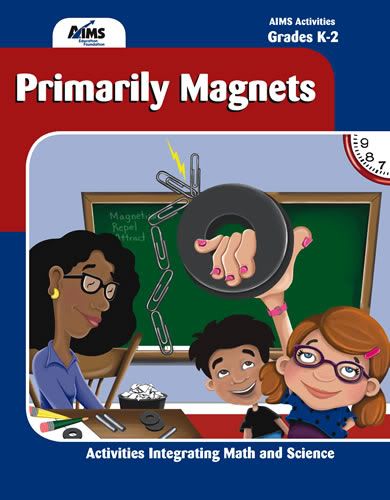
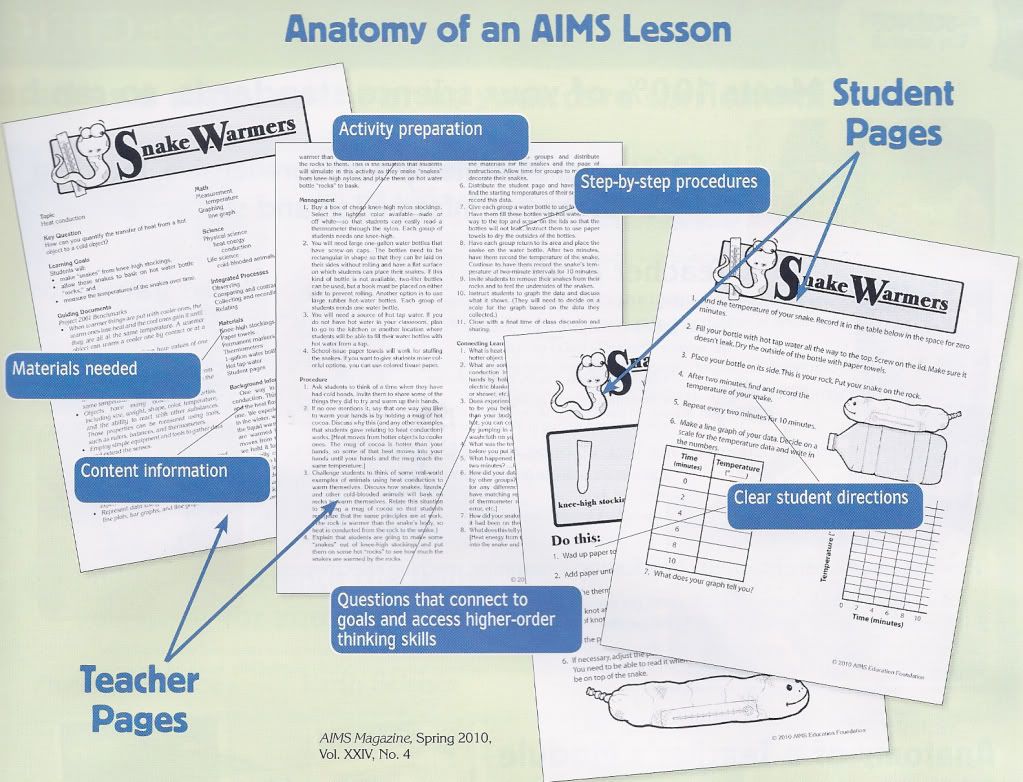


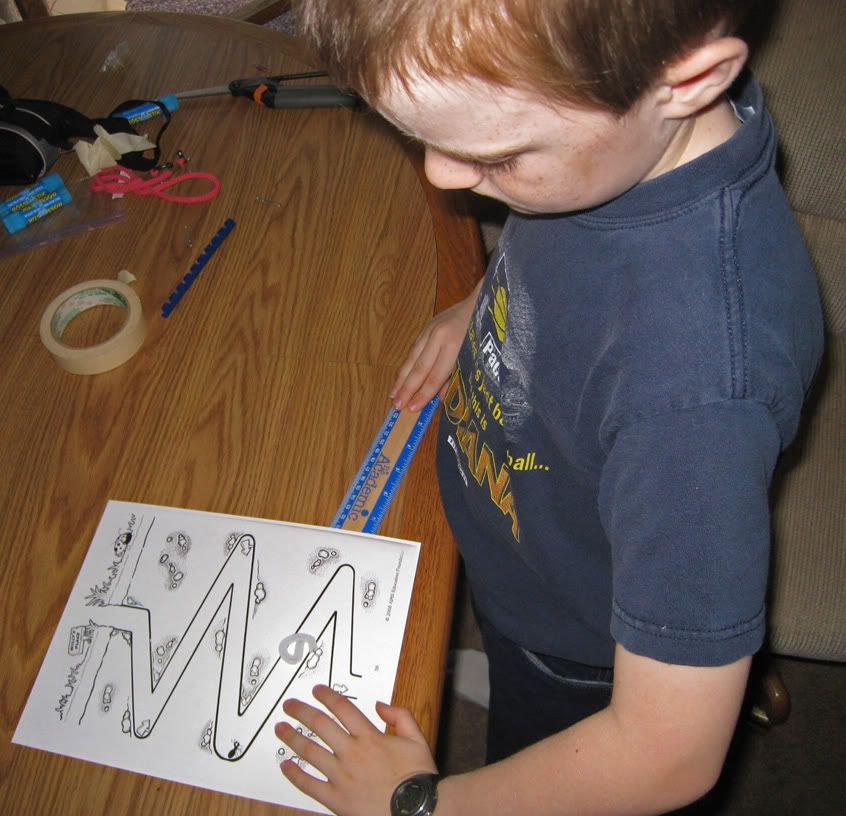




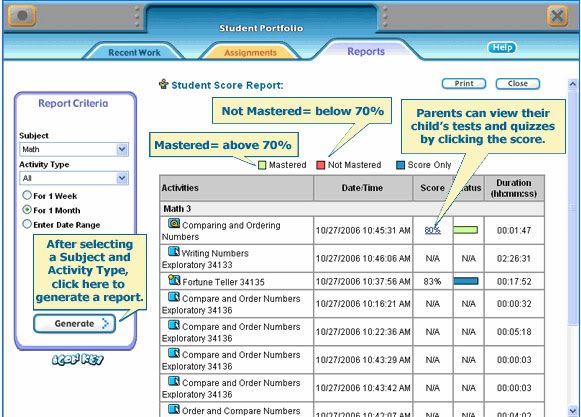
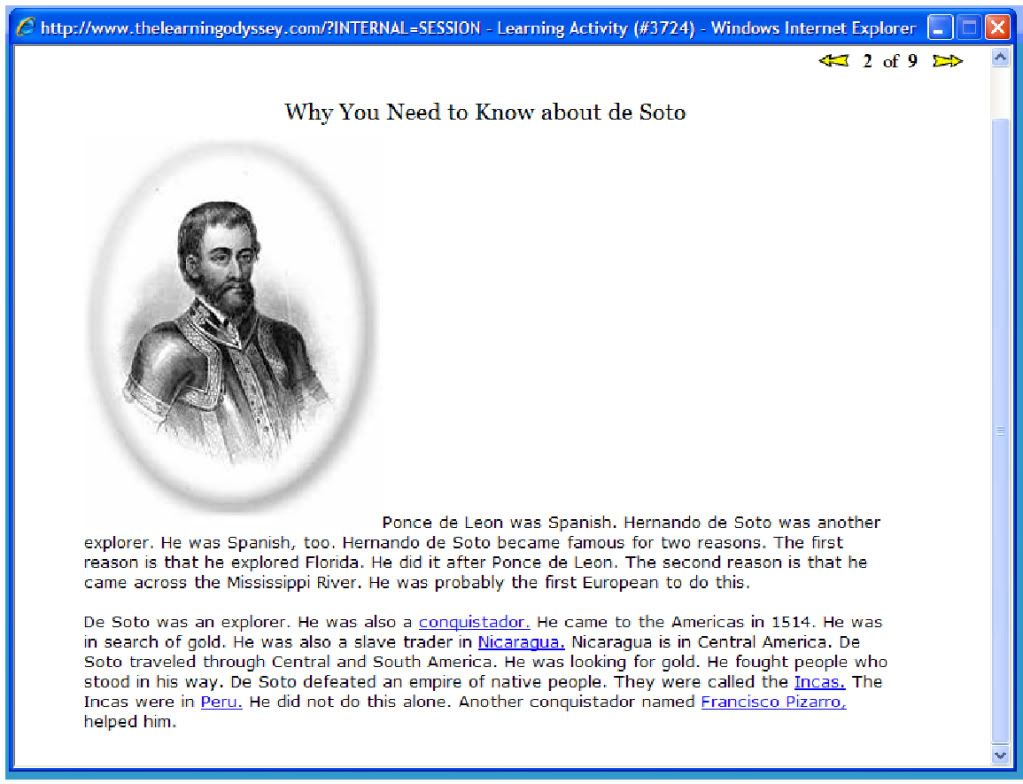
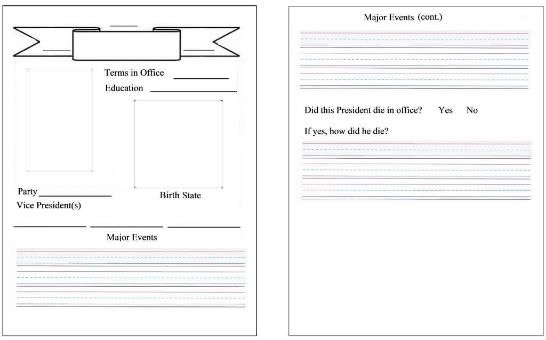



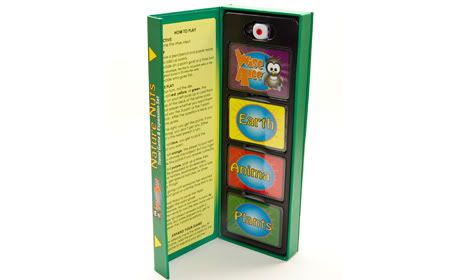 A player's turn begins with the roll of a colored die. The face color will match one of the question categories-yellow for earth, red for animals, green for plants, purple for Wise Alec. A roll of blue allows you to pick any category. An orange roll allows one of your opponents to pick for you. They may pick a difficult subject for you but you can earn double the points. Then you choose the hard or easy question on the card.
A player's turn begins with the roll of a colored die. The face color will match one of the question categories-yellow for earth, red for animals, green for plants, purple for Wise Alec. A roll of blue allows you to pick any category. An orange roll allows one of your opponents to pick for you. They may pick a difficult subject for you but you can earn double the points. Then you choose the hard or easy question on the card.